Extending upon @Shai answer and mixing it with this answer one could do it simpler via custom layer into which you could pass your specific layer.
First, the calculated derivative of torch.abs(x**2 - torch.abs(x)) taken from WolframAlpha (check here) would be placed inside regularize function.
Now the Constrainer layer:
class Constrainer(torch.nn.Module):
def __init__(self, module, weight_decay=1.0):
super().__init__()
self.module = module
self.weight_decay = weight_decay
# Backward hook is registered on the specified module
self.hook = self.module.register_full_backward_hook(self._weight_decay_hook)
# Not working with grad accumulation, check original answer and pointers there
# If that's needed
def _weight_decay_hook(self, *_):
for parameter in self.module.parameters():
parameter.grad = self.regularize(parameter)
def regularize(self, parameter):
# Derivative of the regularization term created by @Shia
sgn = torch.sign(parameter)
return self.weight_decay * (
(sgn - 2 * parameter) * torch.sign(1 - parameter * sgn)
)
def forward(self, *args, **kwargs):
# Simply forward and args and kwargs to module
return self.module(*args, **kwargs)
Usage is really simple (with your specified weight_decay hyperparameter if you need more/less force on the params):
constrained_layer = Constrainer(torch.nn.Linear(20, 10), weight_decay=0.1)
Now you don't have to worry about different loss functions and can use your model normally.
